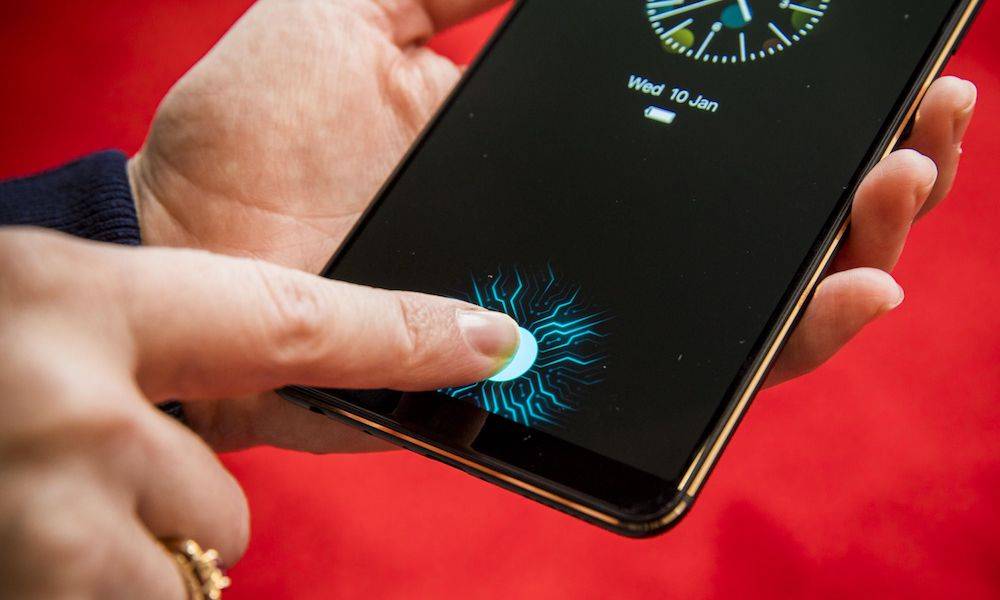Apple Tech Might Turn Your Entire iPhone Display Into a Touch ID Reader
 Credit: TargetYouTube / ScienceandKnowledge
Credit: TargetYouTube / ScienceandKnowledge
Toggle Dark Mode
Apple has been granted a patent for a method to make an iPhone’s entire display one big fingerprint reader.
The patent, titled “Acoustic pulse coding for imaging of input surfaces,” was published Tuesday by the U.S. Patent and Trademark Office. Basically, it’s a system that could allow for Touch ID to work through a display without any need for a dedicated fingerprint sensor (and Home button).
Here’s what you should know.
How the Tech Works
In layman’s terms, the technology described in the patent uses sound to create and read an image — like, say, of a user’s fingerprint.
It works by using an array of acoustic transducers that are placed in contact with a surface such as a display. These transducers can send out a signal in response to a touch input.
Those sound signals would come into contact with the fine ridges of a user’s fingerprint. By monitoring the reflections of those inputs, the system could interpret that data to unlock a device if the biometrics check out.
The patent points out that the system has a number of benefits over traditional fingerprint sensors.
For one, the required components are rather thin and can be placed on the edges of a surface. The system also doesn’t need as much processing power as other platforms, meaning that authentication could be quite a bit faster.
And, since the authentication uses sound, it could allow for a fingerprint reading to take place on any portion of the display.
It’s worth noting that this isn’t the first time that Apple has applied for a patent on similar acoustic transducer technology.
Will Touch ID Return?
It’s hard to say whether Apple will bring back Touch ID in any capacity on a future iPhone.
While there was a slew of reports suggesting that Apple was developing in-display fingerprint reading for the iPhone X, the company denied that embedded Touch ID was ever on the table for the device.
Another report suggests that Touch ID may be gone for good.
And yet, there are patents (like the one released today) that suggest Apple is still developing fingerprint-based biometric technology. More than that, a previous patent from late last year depicted an iPhone with both Touch ID and Face ID.
Having both biometric systems on a single device would come with its own set of benefits. And with embedded Touch ID technology, Apple wouldn’t have to bring back the Home button — or resort to a rear-mounted fingerprint sensor.
Of course, Apple files regularly files patents for technology that never sees the light of day. Similarly, a patent doesn’t have any indication of when the technology it covers would make it to a final product.
But, whether Touch ID will make a triumphant return or not, the fact that fingerprint sensor-related patents are being applied for and granted suggest Apple is still considering it.







